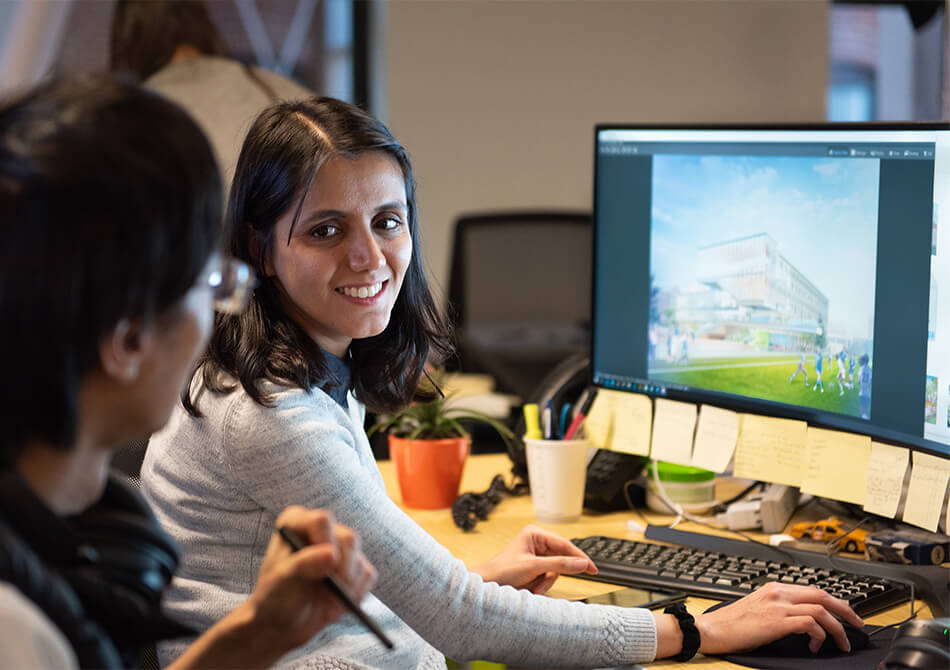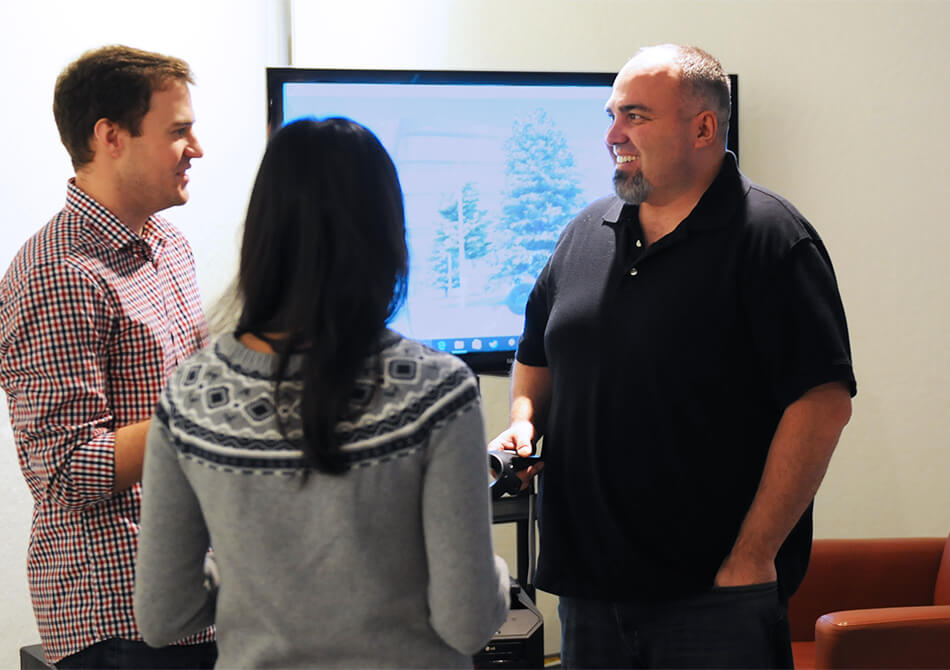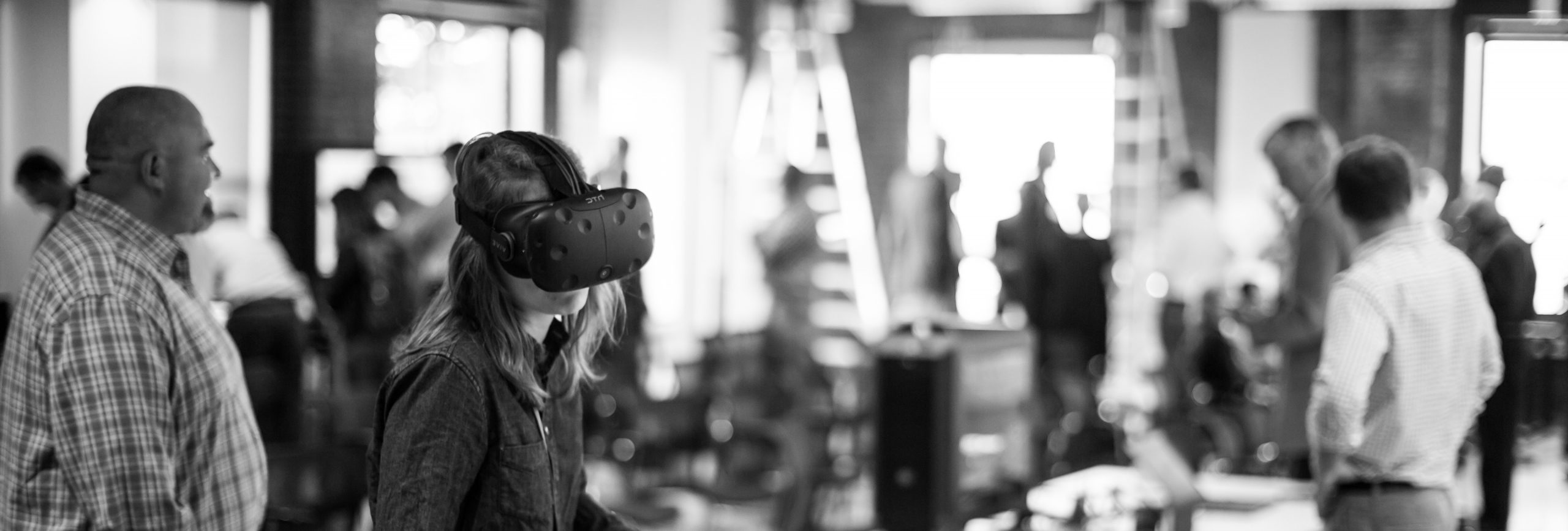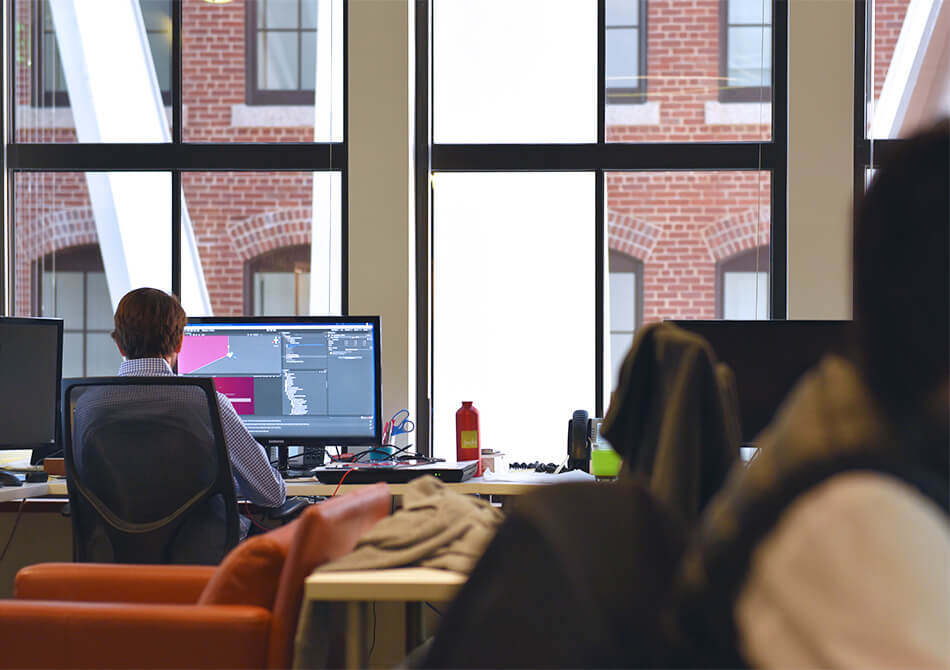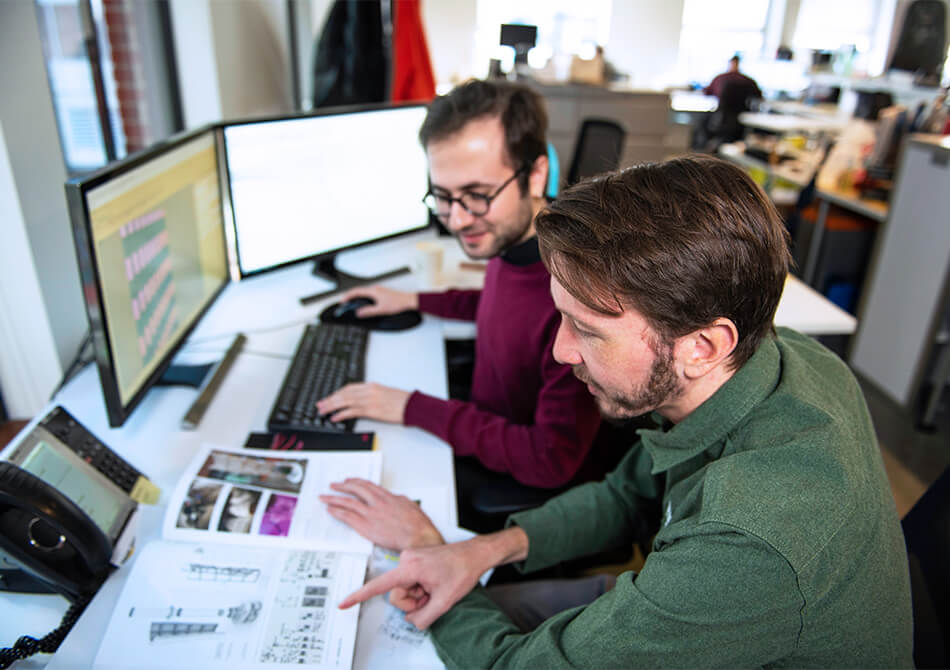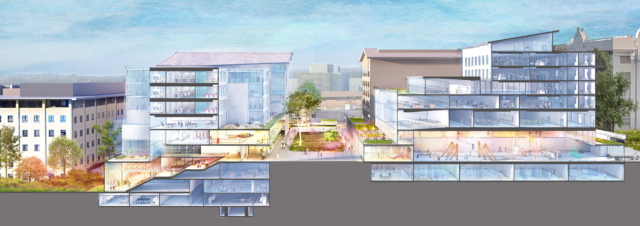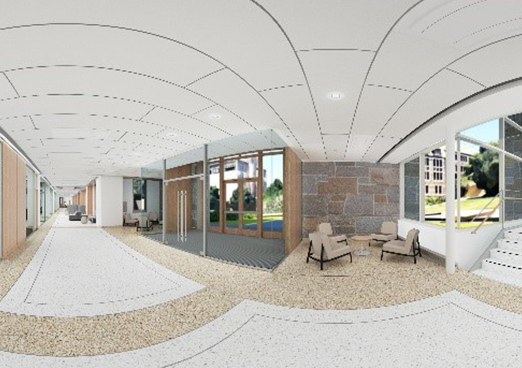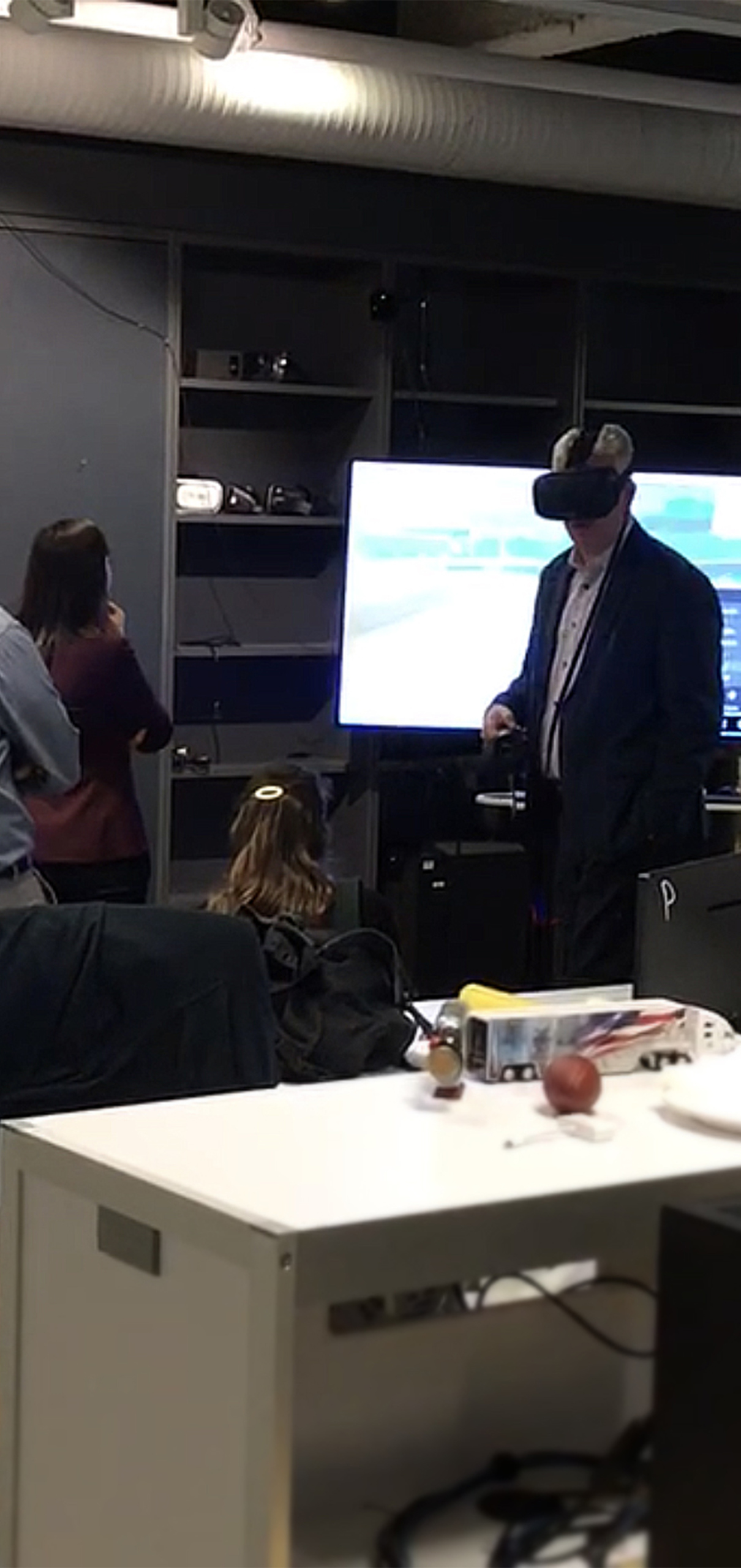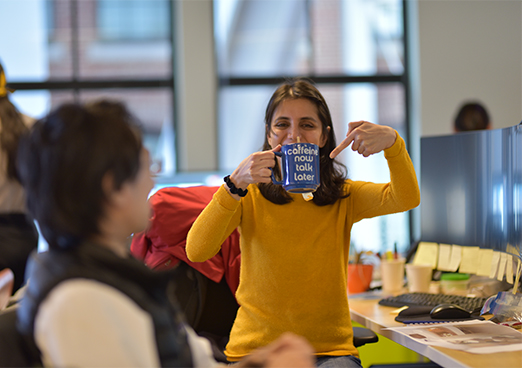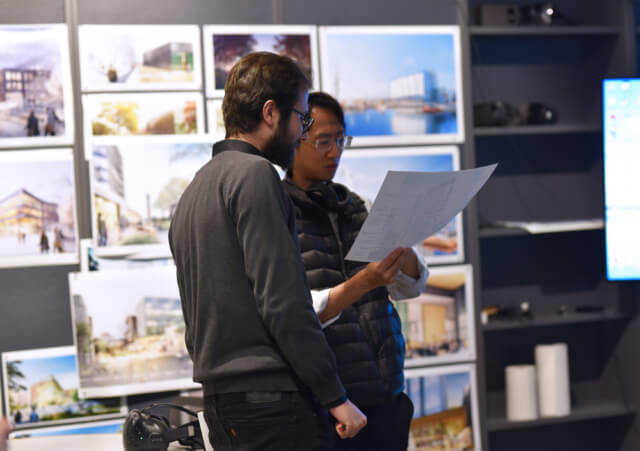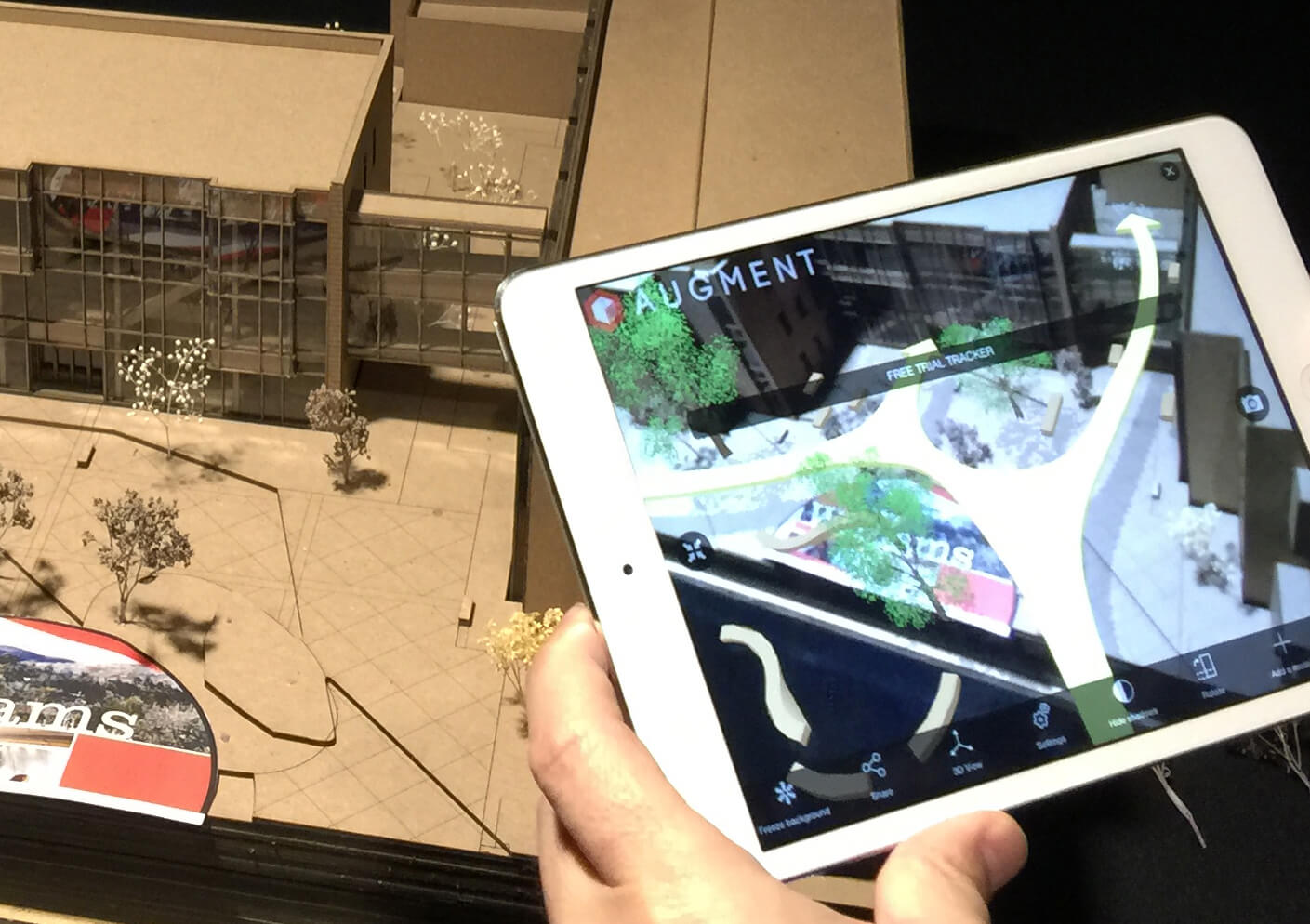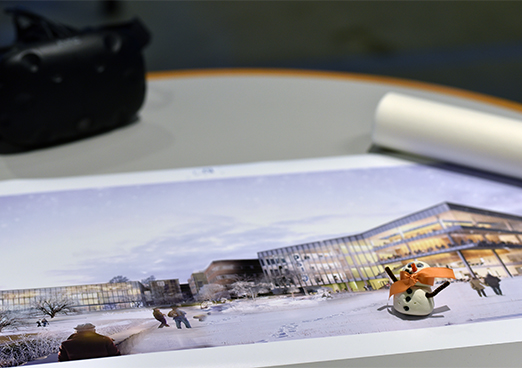Bring Artistic Innovation to Architectural Visualization
Our Design Visualization Group is well versed in the practice of supporting design iterations. A resource for both designers and clients, our graphics translate design intent into easily comprehensible communication tools. Working alongside our design teams in a collaborative process, our Design Visualization Group brings ideas to life through realistic renderings and interactive experiences. Our approach is people-centric, focusing on storytelling to develop an engaging visual design narrative for each project.
Rendering
We communicate design ideas through several visual tools—our most commonly utilized tool is digital rendering. Our Design Visualization Group is a team of well-versed and creative artists providing immersive visualization solutions that bring renderings to life, illustrating design intent. We translate conceptual ideas into captivating imagery to assist our designers with building dynamic presentations to best showcase their design.
ANIMATION
Animations, walkthroughs and movies give us the opportunity to share design ideas through an expanded lens. We value the opportunity to guide the viewer’s journey through their project. This tool allows our clients to visualize the approach and subsequent movement through their new space.
xr / interactive
XR, including virtual and augmented reality (VR/AR), is an integral part of our studio’s creative design process. We have established multiple workflows incorporating VR and AR into the firm’s design process and to effectively communicate with clients. The ability to either virtually step into a building through VR, or to envision a building on a site using AR, has helped us to solve complex design challenges.
COMPUTATIONAL DESIGN
We leverage computational design as an extension of thought process–enabling the rapid, precise generation and analysis of complex data sets in the service of improving design. We use parametric modeling tools to rapidly test ideas during the early stages of the design process. With this methodology, varied spatial relationships and formal operations are quickly generated for evaluation. We review these options in digital and physical form, produced by means of 3D printing and CNC fabrication.



